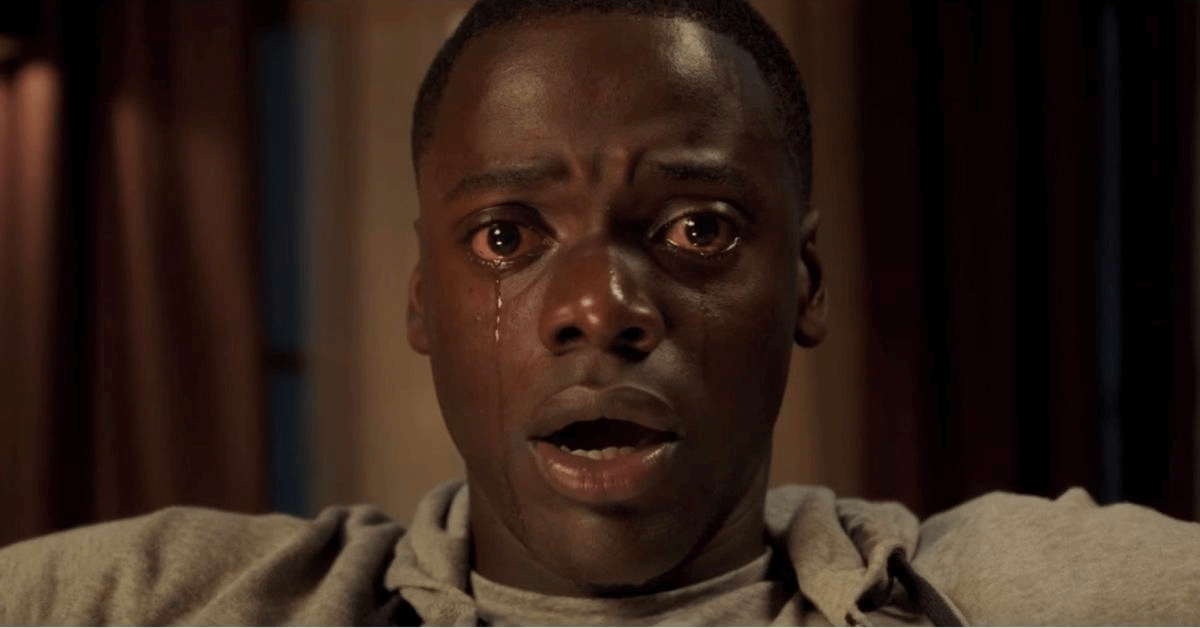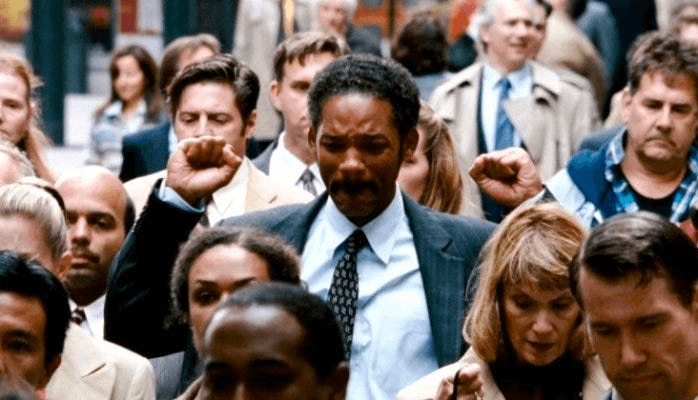When we think back on a film or novel, we may not remember the specificities of a scene, shot, or chapter, but we will remember the essence of the story — the nugget of wisdom we walk away with when the story is over. Every story, from grandiose tales of adventure to the most introspective of character studies, holds a moral.
What is the Moral of the Story in Storytelling?
First, let’s define the moral of a story
With this foundation in mind, let's delve deeper into understanding what exactly constitutes the moral of a story and how it shapes the narrative.
MORAL OF THE STORY DEFINITION
What is the moral of the story?
The moral of a story serves as a guiding principle or lesson that the author intends to convey to the reader through the narrative. This moral can take various forms - it can be explicit, whereby it is presented as a concise statement at the end of fables, or it can be implicit, skillfully interwoven into the characters' actions and the outcomes of the story. By giving characters emotions and motivations that readers can identify with, the author is able to explore complex ideas and themes like justice, loyalty, vanity, courage, and more.
The moral serves to enrich the reader's understanding, sparking introspection and reflection upon the deeper meaning and significance of the narrative. It invites the reader to explore the complexities of human nature, societal values, and the universal truths that underlie the storytelling art.
What is the Moral of the Story Used For?
Meaning and Depth
Exploring Social Issues
Character Development
Closure and Reflection
Moral of the Story Meaning and Function
How Do Writers Use Story Morals?
Fiction writers often use story morals to add meaning and depth to their stories. By weaving an underlying message into the narrative, they can challenge readers’ beliefs and perspectives and make them think about life in a new way.
Meaning and Depth
Story morals are crucial in storytelling, adding depth and meaning to narratives. They challenge beliefs, spark introspection, and invite a thought-provoking journey of self-discovery. Through well-crafted lessons, stories captivate the imagination and impart wisdom that lingers beyond the final page.
Exploring Social Issues
Story morals are a powerful tool to explore and shed light on complex social issues. Authors can tackle difficult topics with finesse, weaving them into narratives to foster empathy, understanding, and thought-provoking conversations. By delving into the nuances, authors spark meaningful discussions and inspire positive change.

Get Out · Moral of the Story Examples
Character Development
Story morals are crucial for character development, guiding their journey. Ethical choices and moral dilemmas shape complex and relatable individuals, capturing readers' hearts. As readers delve into their experiences, a deep connection forms, resonating with their struggles, triumphs, and valuable lessons learned.

Nomadland · Moral of the Story Examples
Closure and Reflection
Story morals play a vital role in providing closure and resolution to narratives. By conveying a moral lesson at the end, it not only ties up loose ends but also leaves a lasting impact on readers.
This depth allows for reflection, as readers consider the significance of the moral within the story. Including these lessons enriches the storytelling experience and encourages personal growth.
Overall, story morals serve as a multifaceted tool that enhances storytelling by adding layers of meaning, exploring social issues, developing characters, and providing closure.
What Does Moral of the Story Mean?
How to Find the Moral of the Story
Finding the moral of a story is a multifaceted process that goes beyond mere reading of the text. It involves deep insight, interpretation, and reflection.
Understanding the Characters and Consequences
When analyzing characters in a story, it's important to consider the consequences they face as a result of their choices. Exploring their motivations clarifies the impact of their decisions, aiding our understanding of character development and the narrative.
Examining the ripple effects on other characters and the plot adds complexity to our analysis. Thoroughly examining these actions uncovers hidden nuances and themes that deepen our appreciation of the story.
Reflecting on the Overarching Theme
When analyzing a story, it's crucial to identify recurring ideas or motifs that appear throughout the narrative. These offer insights into the deeper layers of the text. Check out our video guide to writing theme in a screenplay.
What is Theme • Subscribe on YouTube
Also, reflect on the underlying message or lesson the author conveys. By exploring these aspects, we gain a richer understanding of the story and appreciate the author's intentions on a deeper level.
Unveiling the Author's Intent
When analyzing literature, it's crucial to examine the author's purpose and perspective. By considering the story's context, cultural influences, and underlying messages, we gain a deeper understanding of the author's intentions. This exploration reveals intricate layers of meaning and enhances our interpretation of the work.
Moral of the Story Examples
Examples in Literature and Film
In various literary works, such as fables, novels, and films, profound lessons are conveyed through captivating stories. Let's explore a few moral of the story examples.
The Tortoise and the Hare
In this timeless fable, the overconfident hare's complacency and laziness cause him to lose the race to the diligent and persistent tortoise. The moral of the story reminds us that "Slow and steady wins the race."
To Kill a Mockingbird
Harper Lee's masterpiece subtly imparts the moral that compassion and empathy should extend to all individuals, irrespective of their background or social status. It serves as a powerful reminder of the importance of understanding and acceptance.
The Pursuit of Happyness
In numerous films, we find valuable life lessons embedded within captivating narratives. One such example is the movie The Pursuit of Happyness, which teaches us about resilience, determination, and the pursuit of one's dreams against all odds.

The Pursuit of Happyness · Moral of the Story Examples
Through these diverse examples, we can appreciate the power of storytelling in imparting valuable lessons and insights that resonate with us on a deeper level.
The moral of a story allows authors to impart wisdom, challenge societal norms, and provoke introspection among readers. Whether subtly woven into the narrative or explicitly stated, these morals elevate the significance of the story, leaving a lasting impression on the reader or audience.
Up Next
What is Theme in Literature and Film?
Having explored the significance of morals in storytelling, it's equally important to delve into another fundamental literary element - the theme. So, let's transition from the moral of a story to understanding in our next section.
